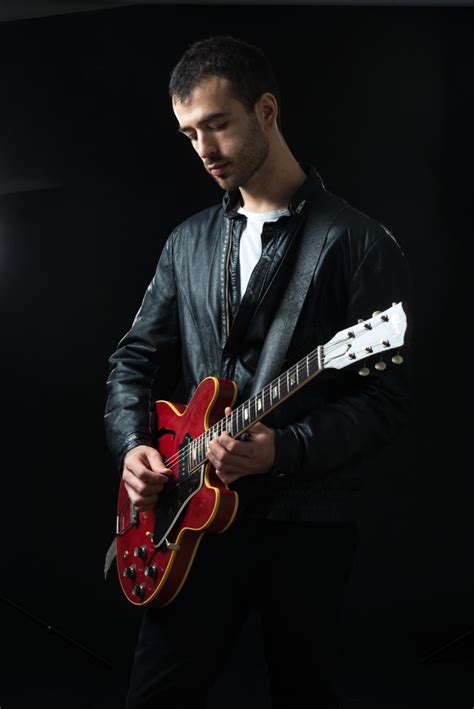Songwriting News: How the Partnership Between Verse and Chorus Works (2025)
Learn how to take a song from faulty to fixed! “Fix Your Songwriting Problems – NOW!” It’s part of “The Essential Secrets of Songwriting 10-eBook Bundle.” Get it separately, or as part of the bundle package. In songs that use the verse-chorus format, it’s the chorus that really needs to stand out and be memorable. For […]Learn how to take a song from faulty to fixed! “Fix Your Songwriting Problems – NOW!” It’s part of “The Essential Secrets of Songwriting 10-eBook Bundle.” Get it separately, or as part of the bundle package. In songs that use the verse-chorus format, it’s the chorus that really needs to stand out and be memorable. For […]

Learn how to take a song from faulty to fixed! “Fix Your Songwriting Problems – NOW!” It’s part of “The Essential Secrets of Songwriting 10-eBook Bundle.” Get it separately, or as part of the bundle package.
In songs that use the verse-chorus format, it’s the chorus that really needs to stand out and be memorable. For any hit song that you know, the verse may be long and even meandering, but the chorus is typically composed of short, melodic ideas that are repetitious, catchy and tonally strong: the hook.
That’s certainly not to say that the verse is an unimportant part of the success of a song. Sometimes, what makes a chorus really stand out and sound excellent is the way that the verse sets it up.
In that sense, the verse and chorus of a song represent an important partnership. But what are the important aspects of that partnership? Here are some thoughts to consider as you write your next verse-chorus formatted song:
- A verse should usually be mainly lower in pitch than the chorus that follows it. This keeps vocal energy low, and allows the chorus to really “pop” when it finally happens.
- A verse’s lyric should pose questions or describe things that eventually get answered by the chorus lyric. In that way, the chorus sounds like the resolution to whatever lyrical tension you’ve built up in the verse.
- A verse and chorus are often in the same key, but if there is a different choice for the chorus, that choice normally allows for a brightening of the music. Most songwriters achieve this by choosing a minor key for the verse and then switching to the relative major for the chorus. (If you’re not sure how to do this, try this article: “Back and Forth Between Major and Minor Within the Same Chord Progression.”)
- Find ways, regarding instrumentation, to connect your verse and chorus. One of the most common ways to do this is to choose an instrumentation for the chorus, then pare it back and make it more transparent for your verse. This differs depending on your genre of choice. For example, in a typical pop ballad you choose to have a mainly piano-based verse, and then add guitars and orchestration in the chorus.
- Try to keep the chorus chord progression shorter and tonally stronger than the verse progression. If you use a long, involved chord progression for the chorus, it tends to diminish the effect and power of its hook. Keep longer progressions in your verse if you want them, and switch to something shorter and stronger for the chorus.
Written by Gary Ewer. Follow Gary on Twitter
Thousands of songwriters are using “The Essential Secrets of Songwriting” ebook bundle to improve their songwriting technique. If you’re looking for excellence and consistency, get the bundle today. Comes with a FREE COPY of “Use Your Words! Developing a Lyrics-First Songwriting Process.”

 Musician
Musician 






![Wassup mk Lyrics [DANIQUE]](/img/?q=Wassup mk Lyrics [DANIQUE]&w=360&h=215)
![ケアレス (Careless) romanization Lyrics [ClariS]](/img/?q=ケアレス (Careless) romanization Lyrics [ClariS]&w=360&h=215)
![Va bene così, ok? it Lyrics [Quartetto Cetra]](/img/?q=Va bene così, ok? it Lyrics [Quartetto Cetra]&w=360&h=215)
![Sabouk | سابوك ar Lyrics [Assala - أصالة]](/img/?q=Sabouk | سابوك ar Lyrics [Assala - أصالة]&w=360&h=215)
![Разноските bg Lyrics [Keranov , Jay , Manata]](/img/?q=Разноските bg Lyrics [Keranov , Jay , Manata]&w=360&h=215)